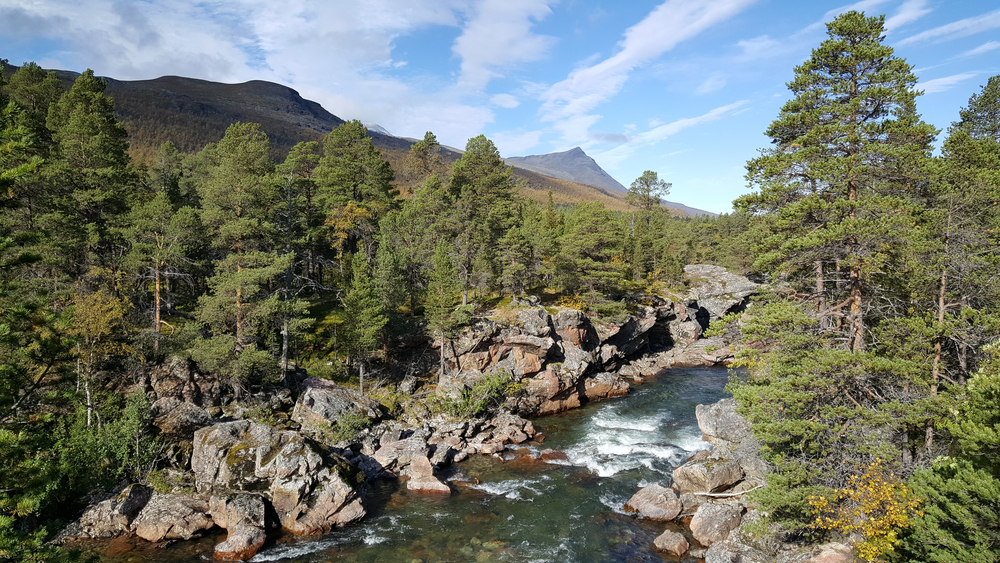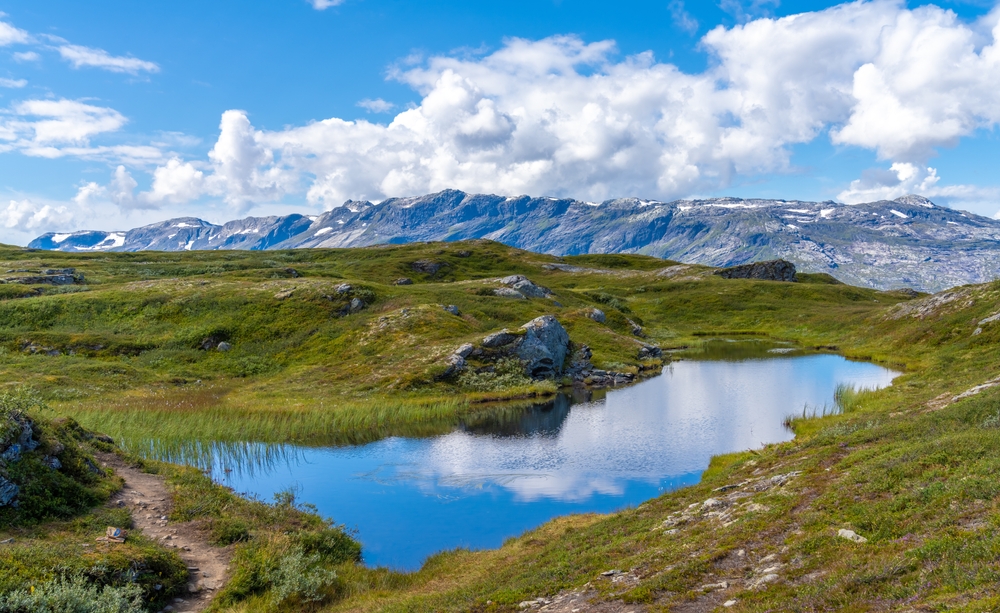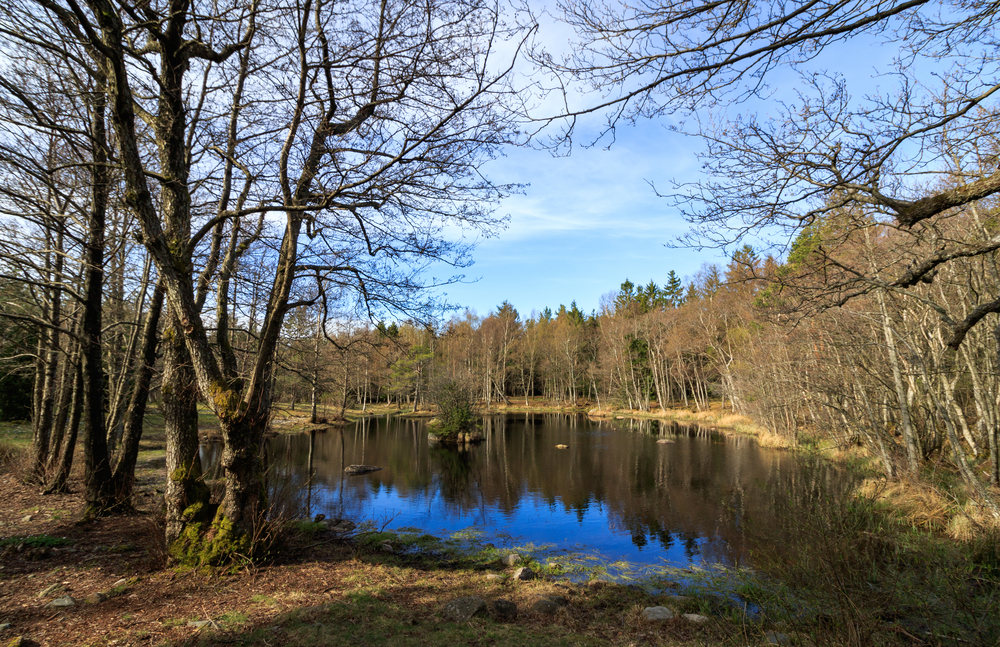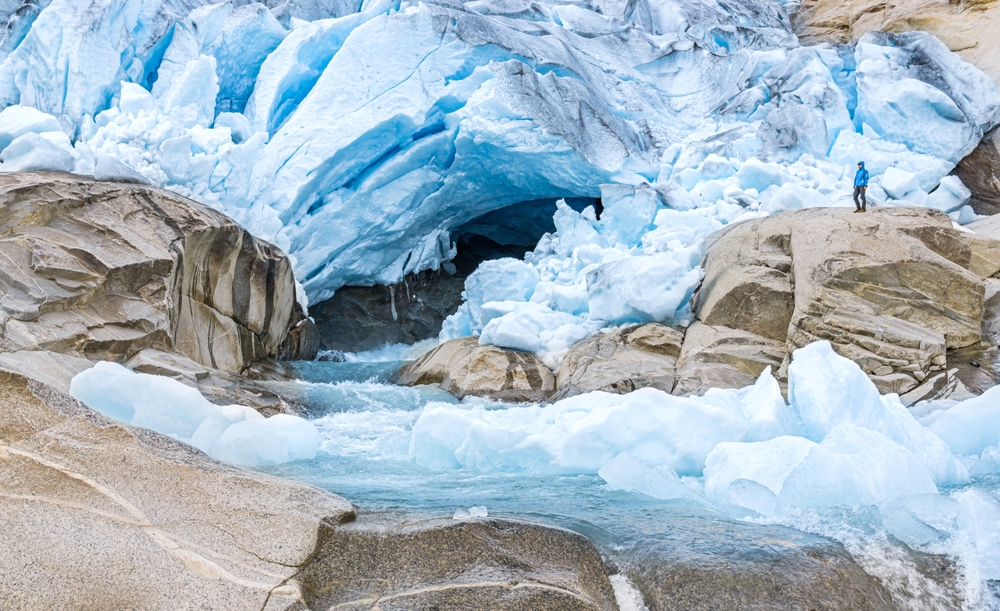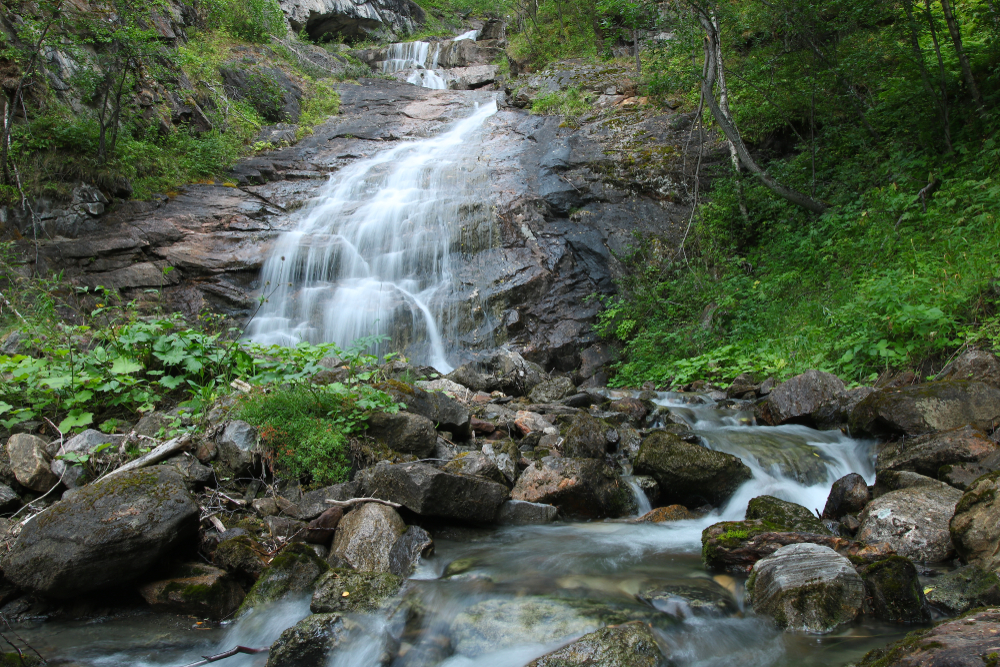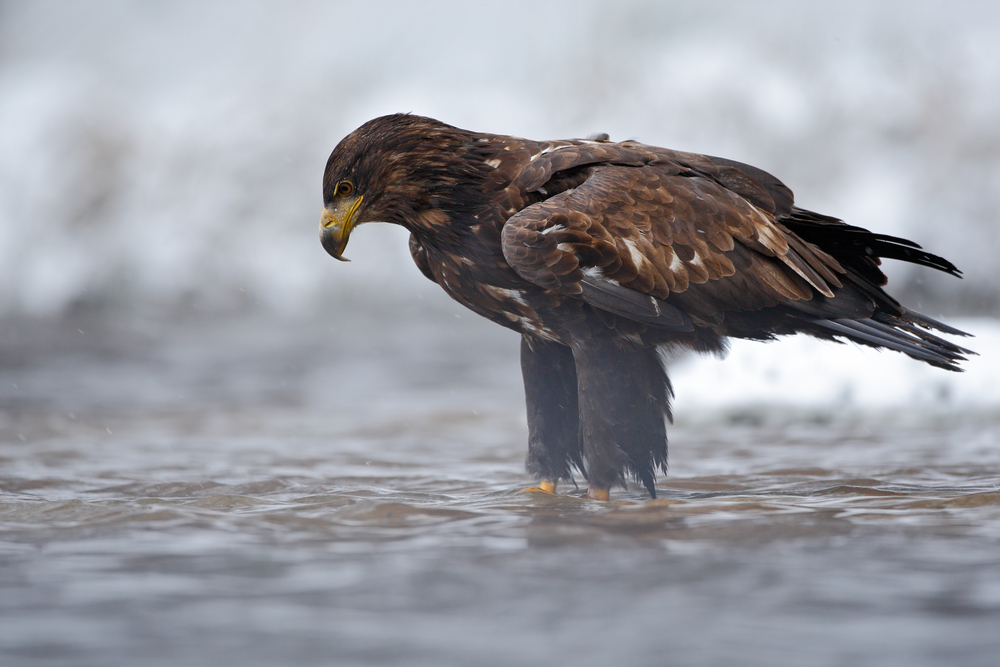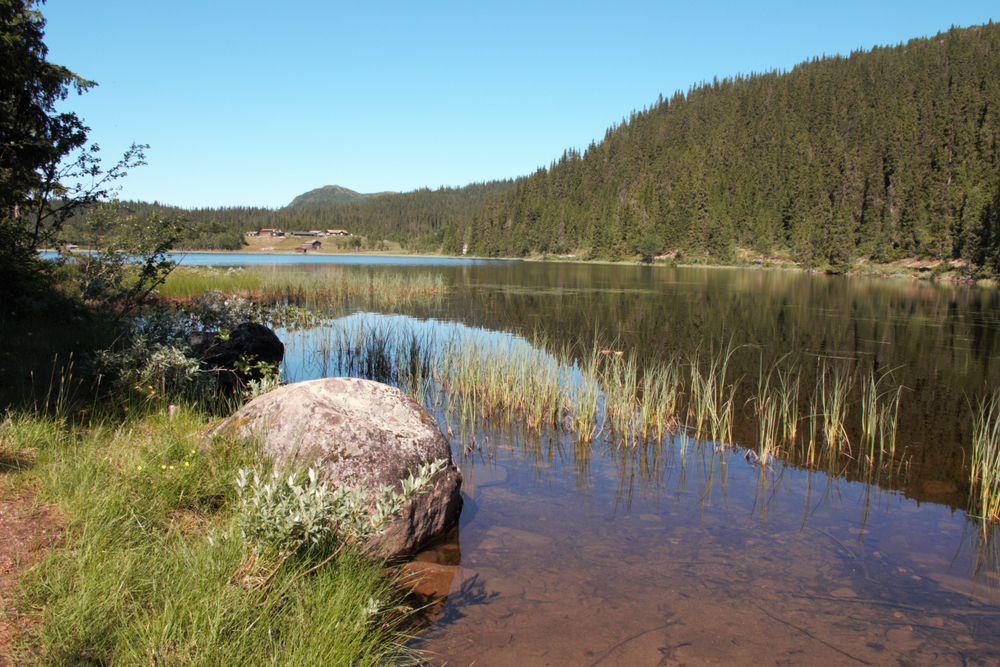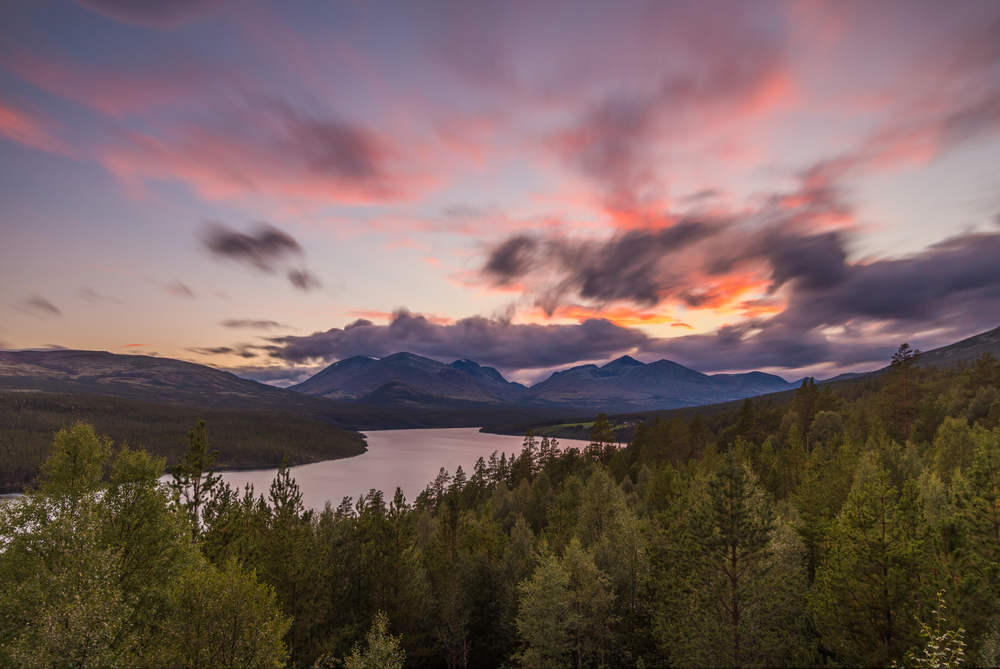Øvre Dividal Overview
Øvre Dividal National Park, known as Øvre Dividal nasjonalpark in Norwegian, is a remote and rugged wilderness area located in Troms County in northern Norway.
Covering an expansive 750 square miles (1,250 square kilometers), the park is characterized by its untouched boreal forests, dramatic mountain peaks, and deep river valleys. Situated near the Swedish border, it is one of the least disturbed national parks in Norway, offering a pristine and remote environment where nature thrives with minimal human interference.
The landscape of Øvre Dividal National Park is diverse, ranging from lush valleys with birch and pine forests to vast plateaus and towering mountains. The park is defined by the presence of the Divielva River, which carves through the landscape, providing a vital water source for the rich biodiversity found within its borders.
Majestic mountains such as Rohkunborri and the Skaktardalen valley add to the dramatic scenery. In the higher elevations, the terrain consists of alpine tundra, where mosses and lichens dominate the rocky slopes. Glacially carved valleys and wide, open spaces contribute to the park’s striking natural beauty, making it an ideal destination for nature enthusiasts seeking solitude.
The park is home to a remarkable array of wildlife, many of which are adapted to the harsh Arctic and sub-Arctic conditions. One of the most notable inhabitants is the elusive wolverine, a powerful predator that roams the rugged landscape. Other key mammals include moose, reindeer, red foxes, and lynx.
The park is also an important refuge for bird species, with golden eagles and gyrfalcons soaring through the skies. Various species of owls and songbirds make their homes in the lower-altitude forests, taking advantage of the region’s rich insect populations. The park’s rivers and streams support populations of trout and other freshwater fish, contributing to the overall ecosystem’s vitality.
One of the park’s most popular attractions is its extensive hiking network, which allows visitors to experience its remote beauty firsthand. The Nordkalottruta, a long-distance hiking trail, passes through Øvre Dividal, offering an opportunity for adventurers to explore the pristine wilderness. The park is a favorite among backcountry hikers, with its vast landscapes providing unparalleled opportunities for solitude and immersion in nature.
Wildlife observation is another key activity, with lucky visitors catching glimpses of rare and elusive species. In winter, the park becomes a snow-covered wonderland, ideal for cross-country skiing and winter trekking.
As a protected area, Øvre Dividal National Park faces several conservation challenges, particularly related to climate change and human activity in surrounding areas. The warming climate poses a threat to the region’s delicate tundra ecosystems, impacting both vegetation and wildlife migration patterns.
Conservation efforts focus on preserving the park’s unique biodiversity while ensuring minimal human impact. The park’s remote nature has helped maintain its pristine condition, but ongoing monitoring and sustainable tourism practices are crucial for its long-term protection. Norway’s conservation strategies aim to balance human enjoyment of the park with the need to safeguard its untouched wilderness for future generations.








































































